Home>Gardening & Outdoor>Outdoor Recreation & Activities>How To Empty A Swimming Pool


Outdoor Recreation & Activities
How To Empty A Swimming Pool
Modified: March 25, 2024
Learn the step-by-step process of safely and efficiently emptying a swimming pool to ensure proper maintenance and care for your outdoor recreation and activities. Discover the best techniques and tips for a successful pool draining.
(Many of the links in this article redirect to a specific reviewed product. Your purchase of these products through affiliate links helps to generate commission for Storables.com, at no extra cost. Learn more)
Introduction
Emptying a swimming pool is a task that may seem daunting at first, but with the right approach and equipment, it can be a straightforward process. Whether you're preparing to close the pool for the season, need to perform maintenance, or are relocating, knowing how to properly empty a swimming pool is essential. By following the correct steps and taking necessary precautions, you can ensure that the process is efficient and safe for both you and the pool.
Before initiating the pool-emptying process, it's crucial to consider the environmental impact and local regulations. Depending on your location, there may be specific guidelines or restrictions regarding the disposal of pool water. Understanding and adhering to these regulations is essential to prevent any adverse effects on the environment and to avoid potential legal repercussions.
In this comprehensive guide, we will walk you through the step-by-step process of emptying a swimming pool, from gathering the necessary equipment to properly storing it after the task is complete. By following these instructions, you can effectively and responsibly empty your swimming pool, ensuring that it remains in optimal condition for future use.
Emptying a swimming pool involves more than simply draining the water. It also requires thorough cleaning and proper storage of equipment to maintain the pool's integrity and prevent damage. By approaching the task with a methodical mindset and attention to detail, you can complete the process with confidence and achieve the desired results.
Now, let's delve into the essential steps for emptying a swimming pool, ensuring that you have the knowledge and guidance needed to carry out this task effectively and responsibly.
Key Takeaways:
- Emptying a swimming pool involves gathering the right equipment, draining the water responsibly, and cleaning the pool thoroughly. Following these steps ensures a safe and enjoyable swimming experience for everyone.
- Properly storing the pool-emptying equipment is crucial for future maintenance. Cleaning, inspecting, and organizing the tools and protective gear helps maintain a clean and well-functioning swimming pool for years to come.
Read more: How To Clean A Swimming Pool
Step 1: Gather the necessary equipment
Before embarking on the task of emptying a swimming pool, it's crucial to gather the essential equipment to ensure a smooth and efficient process. Having the right tools at your disposal will not only streamline the task but also contribute to the safety and effectiveness of the pool-emptying endeavor. Here's a comprehensive list of the necessary equipment:
-
Submersible Pump: A submersible pump is a fundamental tool for draining the pool. It is designed to be fully submerged in water, allowing it to efficiently remove large volumes of water from the pool.
-
Discharge Hose: This hose is essential for directing the water from the submersible pump to a suitable drainage area. Ensure that the hose is long enough to reach the desired location for water disposal.
-
Protective Gear: When working with a submersible pump and handling pool maintenance tasks, it's important to prioritize safety. Protective gear such as rubber gloves, goggles, and waterproof boots can help safeguard against potential hazards.
-
Cleaning Equipment: Before draining the pool, gather cleaning supplies such as a pool brush, skimmer net, and pool vacuum. These tools will be used to remove debris, algae, and other contaminants from the pool's surface and walls.
-
pH Testing Kit: Testing the pH level of the pool water is essential before draining it. This will help determine if the water is within the acceptable range for disposal and prevent any adverse impact on the environment.
-
Chemical Neutralizer (if applicable): If the pool water has been treated with chemicals, it's important to use a chemical neutralizer to ensure that the discharged water does not contain harmful substances.
-
Storage Containers: Depending on the volume of water being drained, it may be necessary to have storage containers or barrels to temporarily hold the water before proper disposal.
-
Sump Pump (if applicable): In some cases, a sump pump may be required to remove excess water from the pool's bottom, especially for inground pools with residual water after using a submersible pump.
By ensuring that you have all the necessary equipment in place, you can proceed with confidence, knowing that you are well-prepared to undertake the task of emptying the swimming pool. This proactive approach will contribute to a successful and efficient pool-emptying process while maintaining a focus on safety and environmental responsibility.
Step 2: Drain the water
Once you have gathered the necessary equipment, the next crucial step in emptying a swimming pool is to effectively drain the water. This process requires careful planning and execution to ensure that the water is discharged responsibly and without causing any adverse effects on the surrounding environment. Here's a detailed guide on how to drain the water from your swimming pool:
-
Position the Submersible Pump: Place the submersible pump in the deepest part of the pool, ensuring that it is fully submerged. Positioning the pump in this manner allows it to extract the maximum amount of water from the pool.
-
Connect the Discharge Hose: Attach the discharge hose to the submersible pump, ensuring a secure and watertight connection. The hose should be long enough to reach the desired drainage area, such as a street drain or a designated area on your property.
-
Start the Pump: Once the pump and discharge hose are properly positioned, start the submersible pump to initiate the water drainage process. Monitor the flow of water to ensure that it is being directed effectively through the hose to the designated drainage location.
-
Monitor the Water Level: As the water drains from the pool, monitor the water level closely. Depending on the size of the pool and the drainage rate of the pump, this process may take several hours to complete. It's important to regularly check the progress to prevent over-draining the pool.
-
Test the pH Level: Before discharging the water, it's essential to test the pH level to ensure that it falls within the acceptable range for safe disposal. If the pH level is outside the recommended range, appropriate measures should be taken to neutralize the water or adjust its chemical composition.
-
Address Residual Water: In the case of an inground pool, there may be residual water remaining at the bottom after using the submersible pump. If this is the case, a sump pump can be used to remove the remaining water, ensuring that the pool is completely emptied.
By following these detailed steps, you can effectively drain the water from your swimming pool, setting the stage for the subsequent cleaning and maintenance tasks. It's important to approach this process with care and attention to detail, ensuring that the water is discharged responsibly and in compliance with any local regulations or guidelines.
Remember, responsible water disposal is essential to minimize the environmental impact and maintain the integrity of your pool. With the water successfully drained, you can proceed to the next crucial phase of the pool-emptying process: cleaning the pool to prepare it for future use or maintenance.
Before emptying a swimming pool, make sure to turn off the pump and filter system to avoid damage. Then, use a submersible pump to slowly drain the water, and be sure to follow any local regulations for pool draining.
Step 3: Clean the pool
After successfully draining the water from the swimming pool, the next vital step is to thoroughly clean the pool to ensure that it remains in optimal condition for future use or maintenance. Cleaning the pool involves removing debris, algae, and other contaminants that may have accumulated during regular use or while the pool was being emptied. By following a systematic approach to pool cleaning, you can restore its cleanliness and prepare it for subsequent maintenance tasks.
Here's a detailed guide on how to effectively clean the pool after draining the water:
-
Remove Debris: Begin by using a pool skimmer net to remove any leaves, twigs, insects, or other debris that may be floating on the pool's surface. Clearing the surface of the water will prevent the debris from settling at the bottom of the pool during the cleaning process.
-
Scrub the Walls and Floor: Utilize a pool brush to scrub the walls and floor of the pool, focusing on areas where algae or dirt buildup is evident. Thoroughly scrubbing the surfaces will help dislodge any stubborn contaminants and ensure a clean and hygienic pool interior.
-
Vacuum the Pool: Use a pool vacuum to effectively remove any remaining dirt, sediment, or algae from the pool's floor. A vacuum with a brush attachment can be particularly useful for targeting specific areas and achieving a comprehensive cleaning outcome.
-
Inspect and Clean Filters: Check the pool's filtration system and clean or replace the filters as needed. Properly functioning filters are essential for maintaining water clarity and purity, making this step crucial for the overall cleanliness of the pool.
-
Balance the Water Chemistry: After cleaning the pool, it's important to test the water chemistry and adjust the pH and chlorine levels as necessary. Balancing the water chemistry will help ensure that the pool water is safe, sanitary, and conducive to a healthy swimming environment.
-
Address Algae Growth: If any signs of algae growth are present, consider using an algaecide treatment to eliminate the algae and prevent its recurrence. This proactive measure will help maintain the pool's cleanliness and prevent potential issues in the future.
By following these comprehensive steps, you can effectively clean the pool after draining the water, setting the stage for ongoing maintenance and future use. A clean and well-maintained pool not only enhances the overall aesthetic appeal of your outdoor space but also contributes to a safe and enjoyable swimming experience for you and your guests.
With the pool now thoroughly cleaned and prepared for subsequent maintenance, you can proceed to the final step of the pool-emptying process: storing the equipment used and ensuring that the pool is properly maintained for future use.
Step 4: Store the equipment
Properly storing the equipment used for emptying and cleaning the swimming pool is essential to ensure its longevity and maintain its functionality for future use. By following a systematic approach to storing the equipment, you can safeguard it from damage, corrosion, or deterioration, ultimately contributing to a seamless and efficient pool-emptying process in the future.
Here's a detailed guide on how to effectively store the equipment used for emptying and cleaning the swimming pool:
-
Clean and Dry the Equipment: Before storing the equipment, thoroughly clean and dry each item to remove any residual debris, dirt, or moisture. This proactive measure helps prevent the buildup of contaminants and ensures that the equipment remains in optimal condition during storage.
-
Inspect for Damage: Take the time to inspect each piece of equipment for any signs of damage, wear, or malfunction. Address any issues promptly, whether it involves repairing a damaged hose, replacing worn-out components, or addressing any mechanical issues with the pumps or filters.
-
Organize and Label: Organize the equipment in a designated storage area, ensuring that each item is arranged in an orderly manner. Consider labeling storage containers or shelves to facilitate easy identification and retrieval of the equipment when needed for future pool maintenance tasks.
-
Secure Storage Containers: If using storage containers to hold smaller items such as brushes, nets, or testing kits, ensure that the containers are securely sealed to prevent dust, moisture, or pests from compromising the equipment. Properly sealed containers contribute to the longevity of the equipment and minimize the need for extensive cleaning before future use.
-
Protective Gear Maintenance: If protective gear such as goggles, gloves, or boots was used during the pool-emptying process, ensure that it is also cleaned, dried, and stored in a designated area. Proper maintenance of protective gear contributes to its longevity and ensures that it is readily available for future use.
-
Store in a Dry Environment: Choose a storage area that is dry, well-ventilated, and free from extreme temperature fluctuations. Storing the equipment in a suitable environment helps prevent rust, corrosion, or degradation of materials, preserving the integrity of the tools and accessories.
-
Refer to Manufacturer's Guidelines: If the equipment includes specialized tools or machinery, refer to the manufacturer's guidelines for specific storage recommendations. Following the manufacturer's instructions ensures that the equipment is stored in a manner that aligns with its design and intended usage.
By following these comprehensive steps, you can effectively store the equipment used for emptying and cleaning the swimming pool, setting the stage for future pool maintenance tasks and ensuring that the equipment remains in optimal condition for continued use. A proactive approach to equipment storage contributes to the overall efficiency and effectiveness of pool maintenance, allowing you to enjoy a clean and well-maintained swimming pool for years to come.
Read more: How To Cover A Swimming Pool
Conclusion
Emptying a swimming pool is a task that requires careful planning, attention to detail, and a commitment to environmental responsibility. By following the step-by-step process outlined in this comprehensive guide, you can effectively and responsibly empty your swimming pool, ensuring that it remains in optimal condition for future use or maintenance.
Throughout the pool-emptying process, from gathering the necessary equipment to storing it after the task is complete, prioritizing safety, efficiency, and environmental considerations is paramount. By adhering to local regulations and guidelines regarding water disposal, testing and balancing the pool water chemistry, and utilizing proper equipment, you can minimize the environmental impact and contribute to the preservation of natural resources.
Furthermore, the thorough cleaning of the pool after draining the water is essential for maintaining a hygienic and visually appealing swimming environment. By removing debris, scrubbing the walls and floor, and balancing the water chemistry, you can ensure that the pool is clean, safe, and ready for future use. Additionally, proper storage of the equipment used for emptying and cleaning the pool is crucial for preserving its functionality and longevity, ultimately streamlining future pool maintenance tasks.
By approaching the pool-emptying process with a methodical mindset and a commitment to responsible practices, you can achieve the dual objectives of maintaining your pool's integrity and minimizing its environmental impact. Whether you are preparing to close the pool for the season, conducting maintenance, or relocating, the knowledge and guidance provided in this guide empower you to navigate the pool-emptying process with confidence and efficiency.
Remember, the proper maintenance and care of your swimming pool contribute to a safe and enjoyable recreational space for you, your family, and your guests. By incorporating the principles of safety, environmental responsibility, and proactive maintenance, you can ensure that your swimming pool remains a source of relaxation and enjoyment for years to come.
Frequently Asked Questions about How To Empty A Swimming Pool
Was this page helpful?
At Storables.com, we guarantee accurate and reliable information. Our content, validated by Expert Board Contributors, is crafted following stringent Editorial Policies. We're committed to providing you with well-researched, expert-backed insights for all your informational needs.







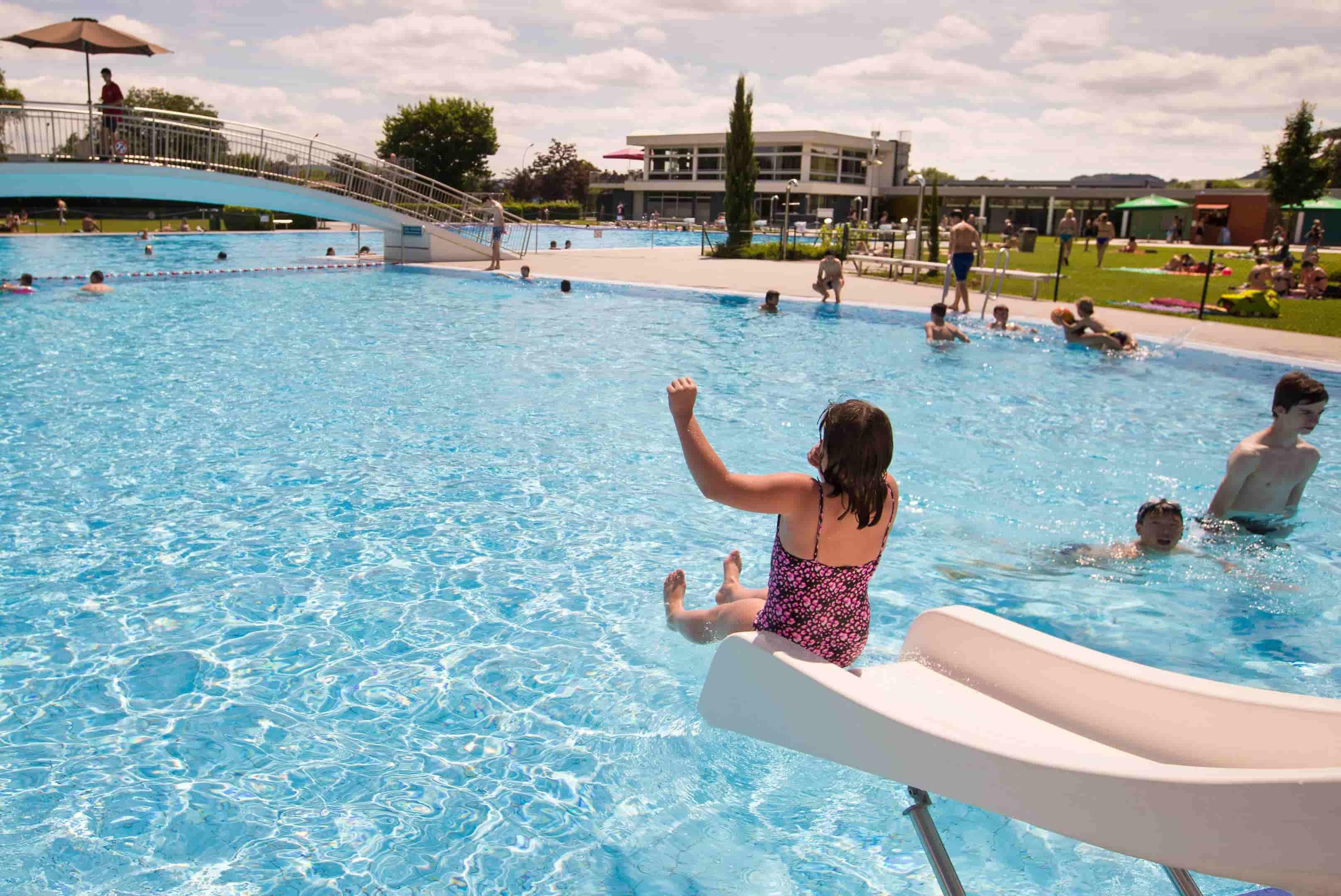
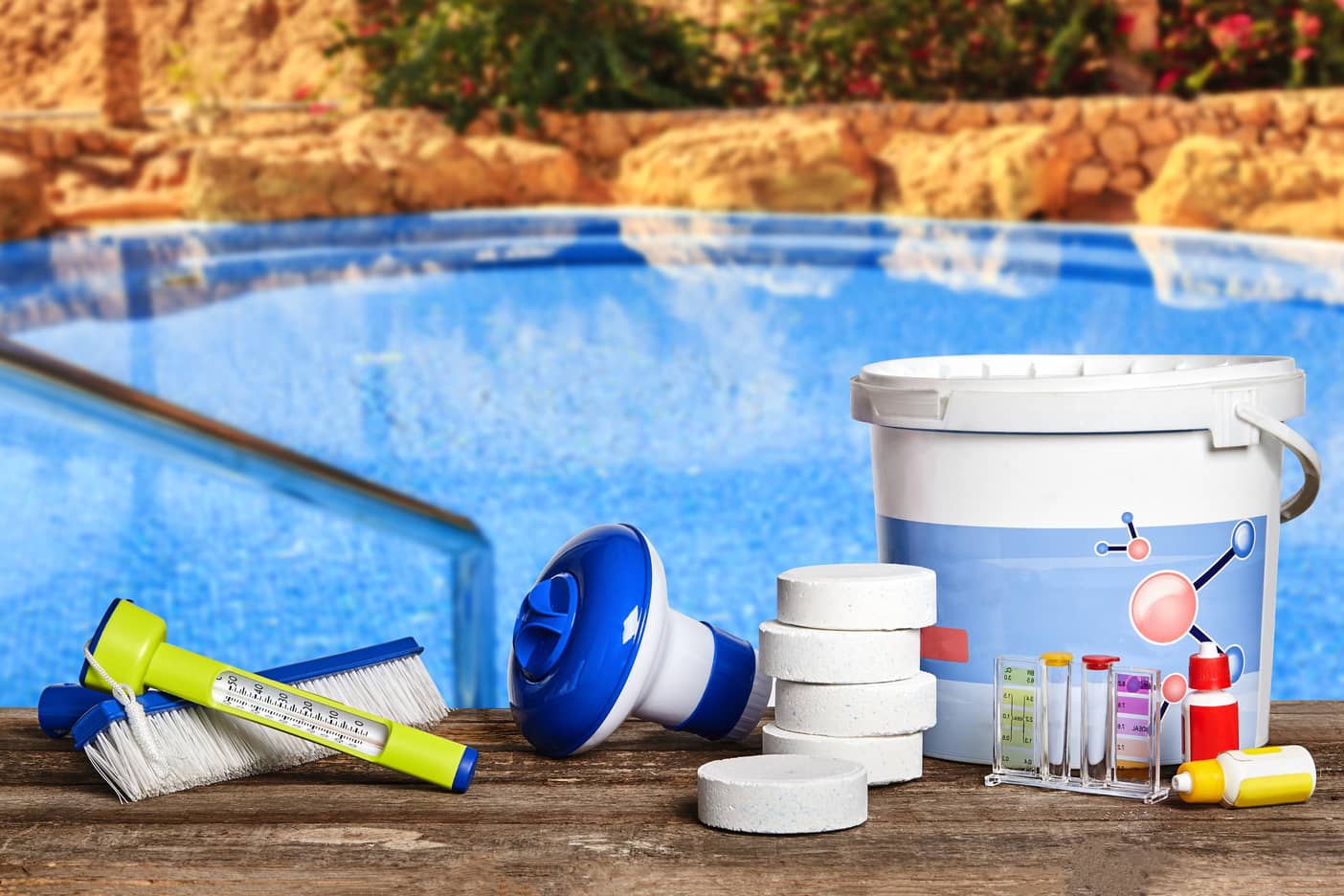
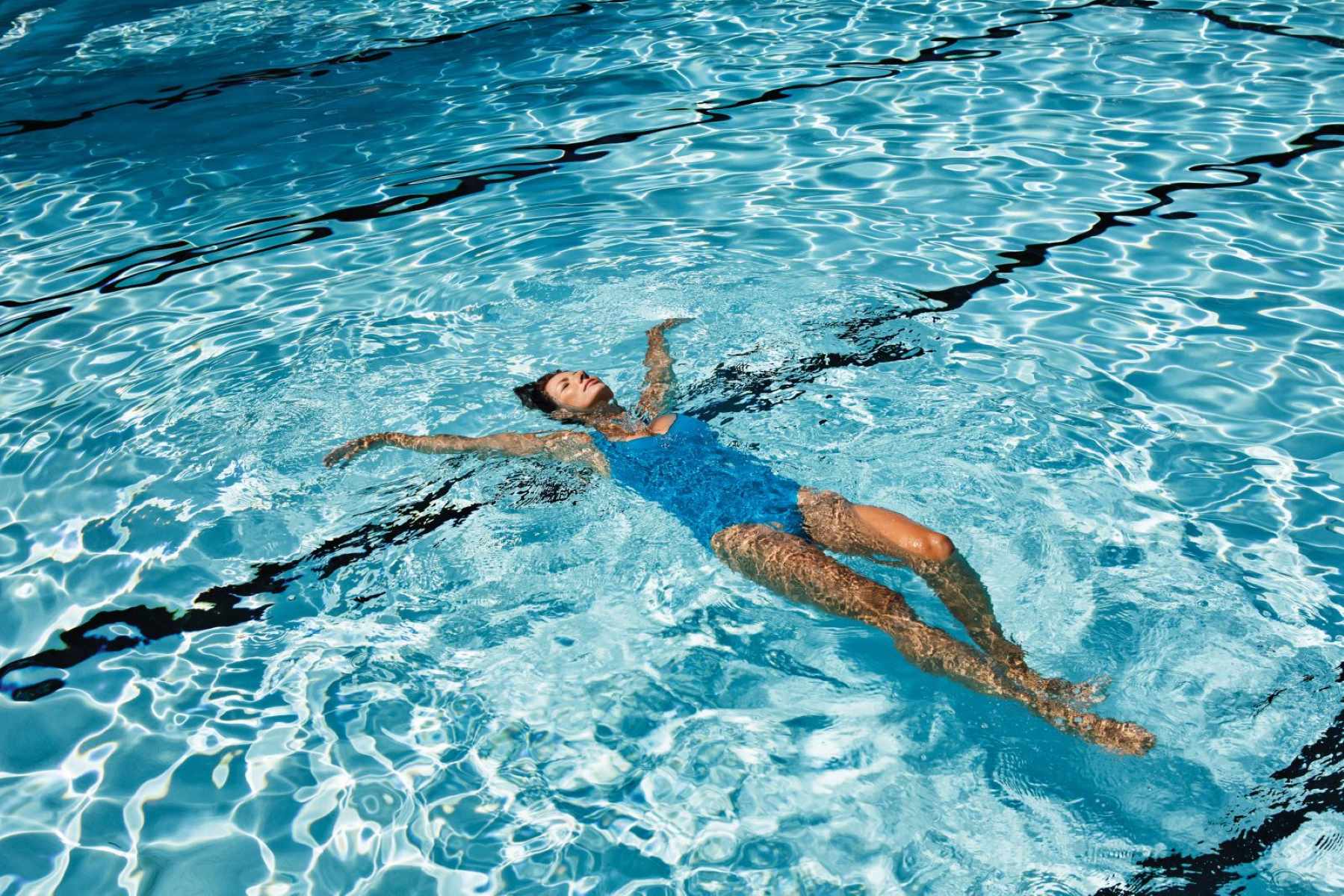
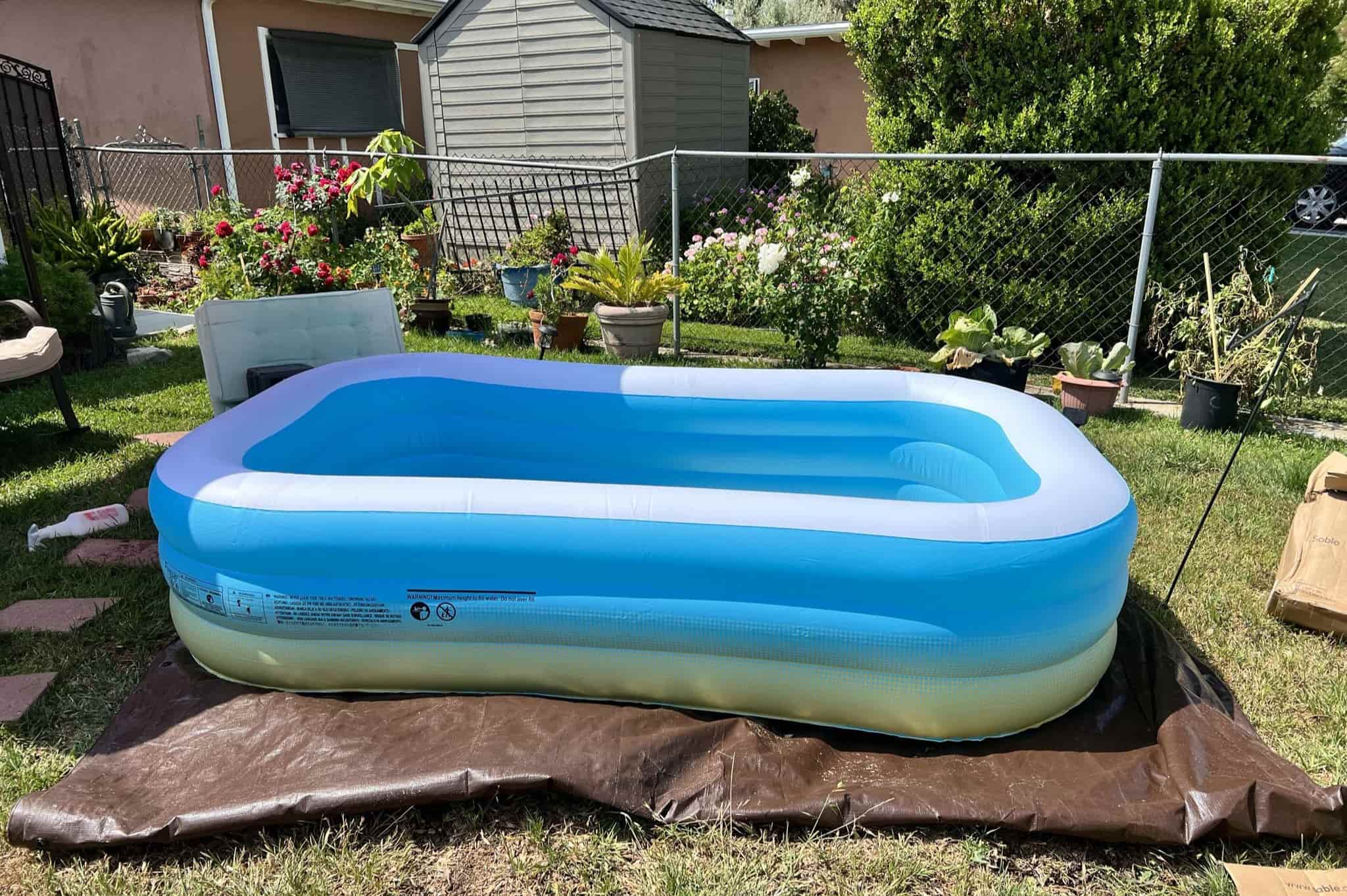
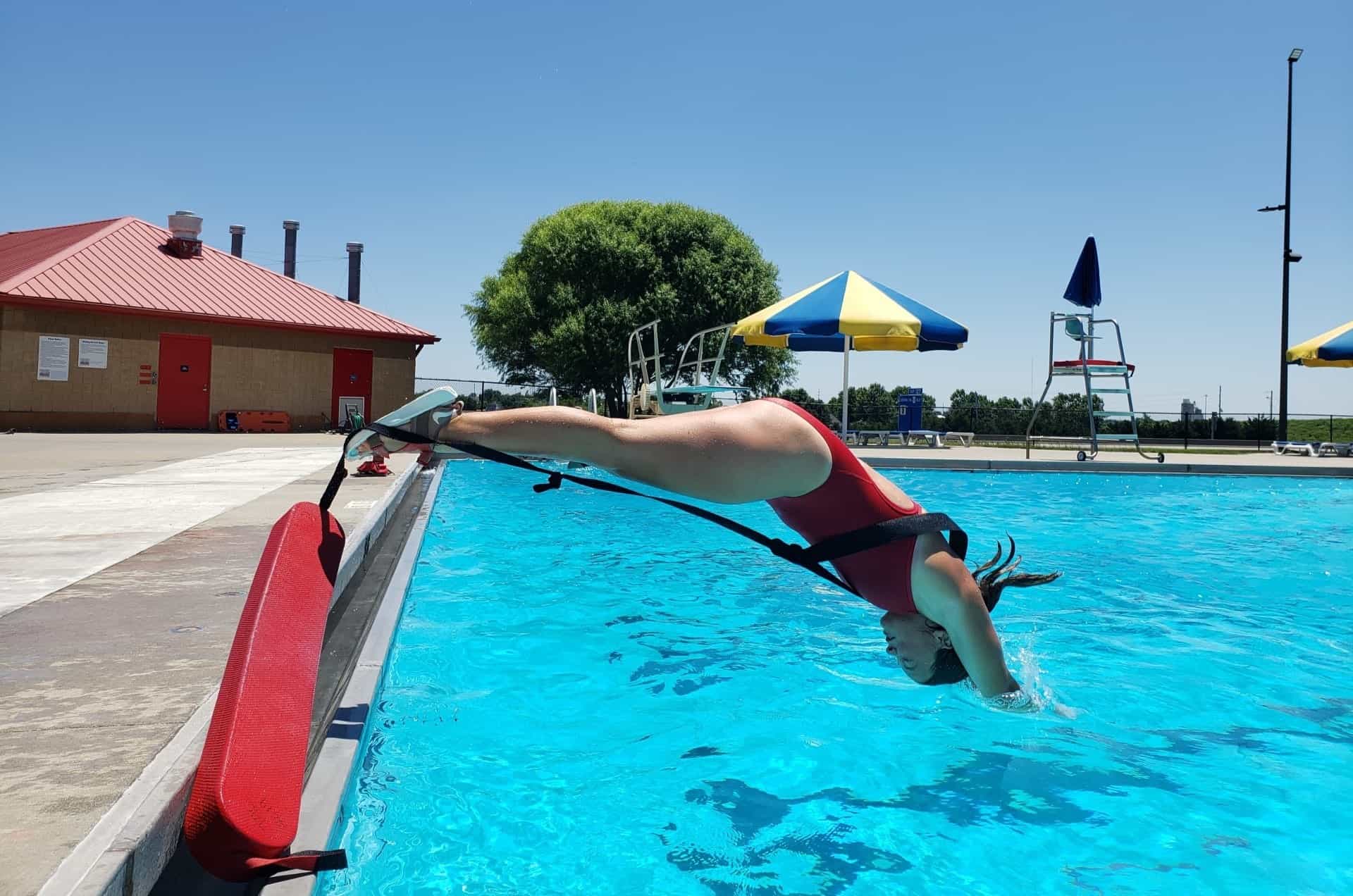

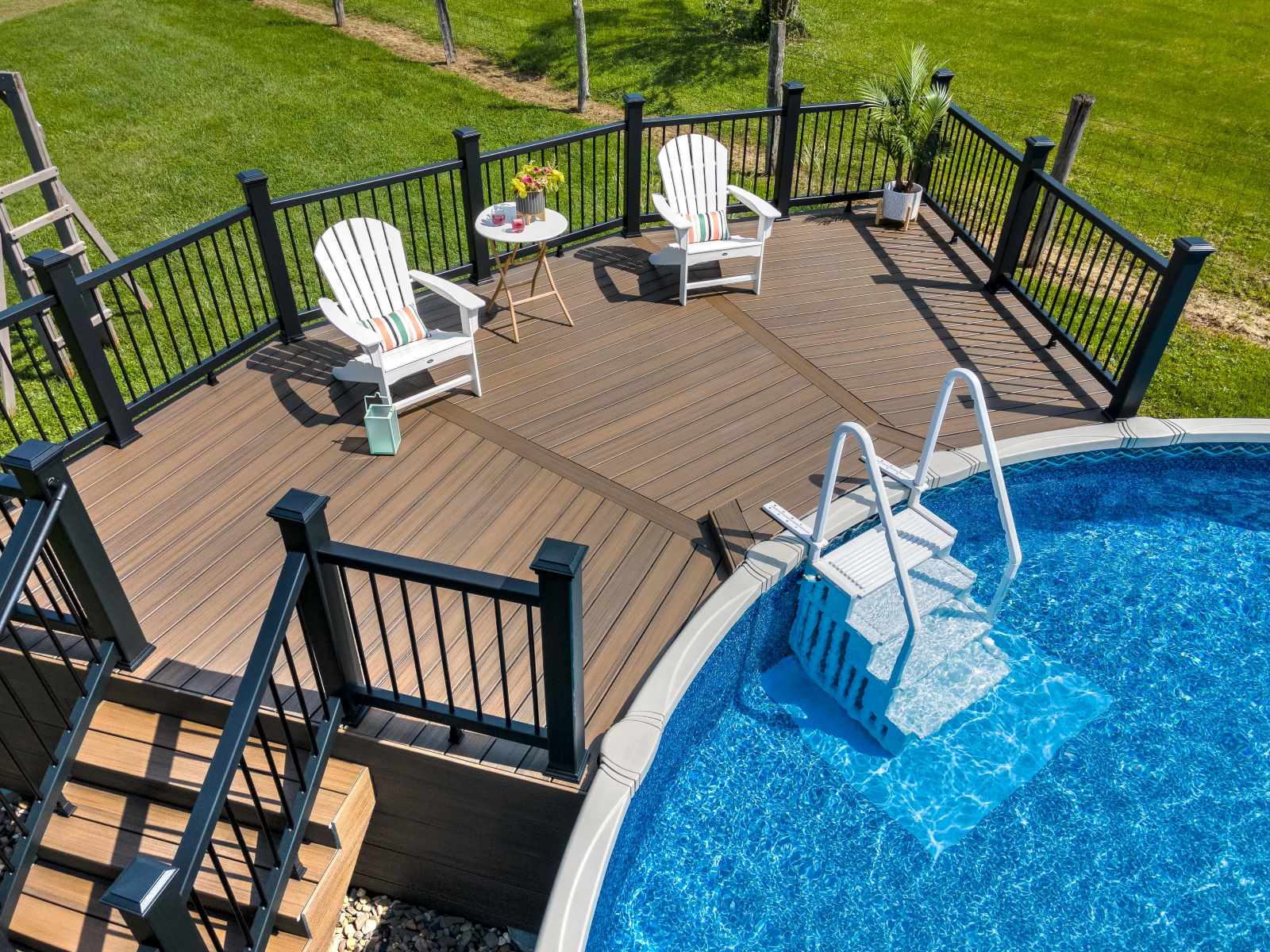

0 thoughts on “How To Empty A Swimming Pool”